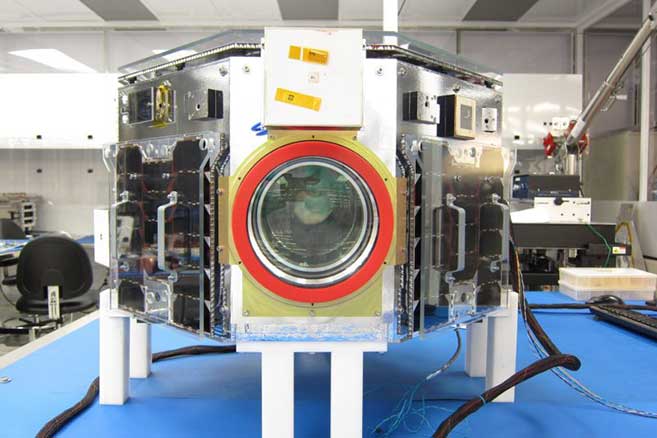Blog – What’s Under Development at SFL? Ship Tracking and Remote Sensing Missions
By Dr. Robert Zee
Two notable missions now ready for launch are a sixth satellite for Norway and the first ever satellite for Slovenia.
Following the highly successful NorSat-1 and -2 satellites built by SFL and launched in 2017, NorSat-3 will carry an Automatic Identification System (AIS) receiver for reception of signals from maritime vessels. One major difference, however, is NorSat-3 will also be equipped with an experimental navigation radar detector.
The ability to easily incorporate the radar detector into NorSat-3 is an example of the versatility of the SFL Modular Power System.
More than seven years ago, we developed the Modular Power System, which makes it possible for satellites from 3 to 500kg to carry a wide variety of payloads without a complete redesign of its electrical power system. Depending on mission needs, we can scale up the power handling capability from 1 watt to 1.5 kilowatts. This allows us to keep overall costs down as we accommodate different sizes of payload with different power requirements on such small platforms.
NorSat-3 also highlights the flexibility and versatility of our SFL Next-generation Earth Monitoring and Observation (NEMO) platform. The NAUTILUS platform is a scaled-up version of NEMO that is being used for the Slovenia remote sensing mission NEMO-HD.
NEMO HD will be the first satellite launched by Slovenia. This compact microsatellite will be capable of capturing 2.8m (pan-sharpened) resolution, multispectral, high-definition imaging and video. Precise pointing made possible by a stable platform at a relatively low cost was a factor in Slovenia’s selection of SFL to build the NEMO-HD. With dimensions of 60x60x30 centimeters, NEMO-HD will be an extraordinary accomplishment given the resolution of its instrument and due to its stringent pointing requirements and compact platform.
To read more about these and other microspace missions under development at Space Flight Laboratory, please read this story published by SatMagazine.

